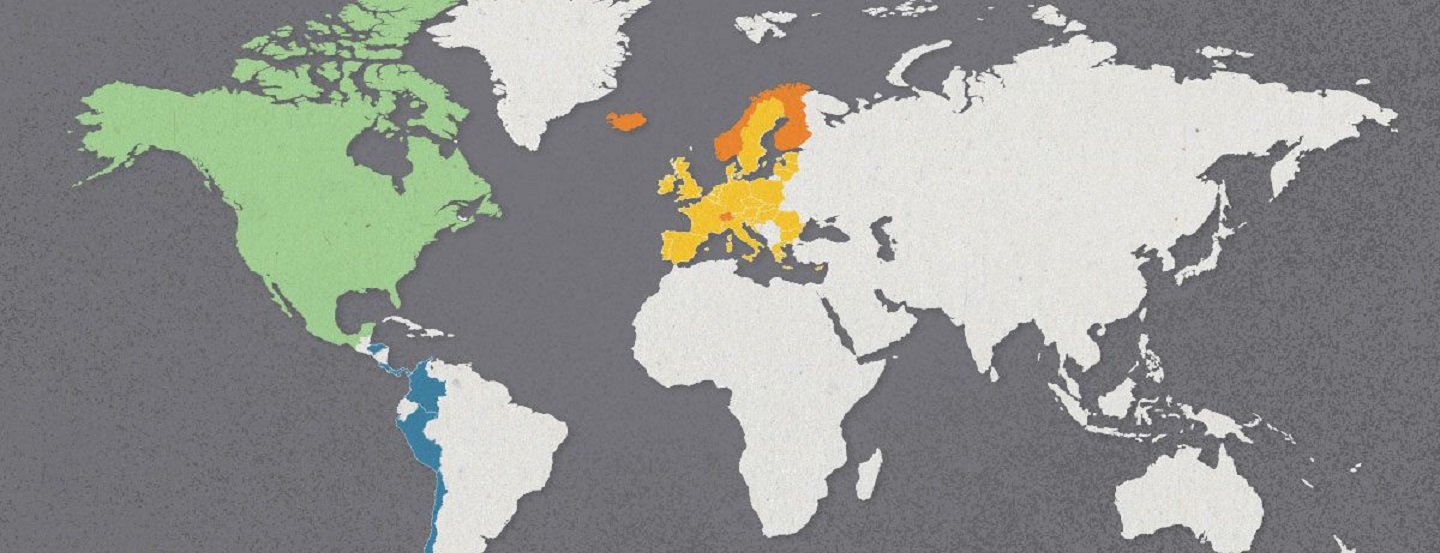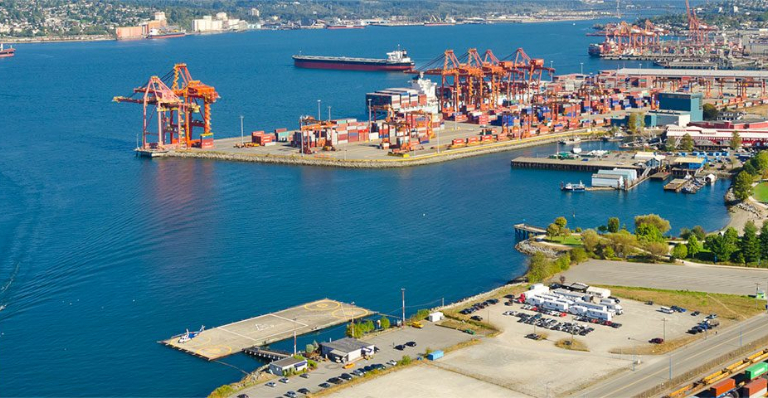CPTPP
(The Comprehensive and Progressive Agreement for Trans-Pacific Partnership)
In force: 2018
Member countries: Canada, Australia, Brunei, Chile, Japan, Malaysia, Mexico, New Zealand, Peru, Singapore and Vietnam.
The CPTPP will give Canadian exporters improved market access to important Asian markets such as Malaysia, Vietnam and Japan, the world’s third largest economy. Canada’s participation in CPTPP also means that we’re currently the only G7 nation with a free trade agreement with all other G7 members. The agreement is expected to boost Canada’s GDP by $4.2 billion.
Key facts:
• Once it comes fully into force with all nations ratifying it, CPTPP will be one of the largest free trade agreements in the world. CPTPP will rival CETA in terms of the total size of the opportunity for Canadian exporters. The agreement represents almost 500 million people with a combined GDP of $13.5 trillion, or 13.5% of global GDP.
• Gains from tariff elimination and improved market access for Canadian agriculture in the CPTPP are especially significant in the markets of Japan, Malaysia and Vietnam. In these markets, Canada has faced high tariffs and had no preferential access. The average agricultural tariffs that Canada faces in these countries are 17.3% in Japan, 17% in Vietnam and 10.9% in Malaysia.






